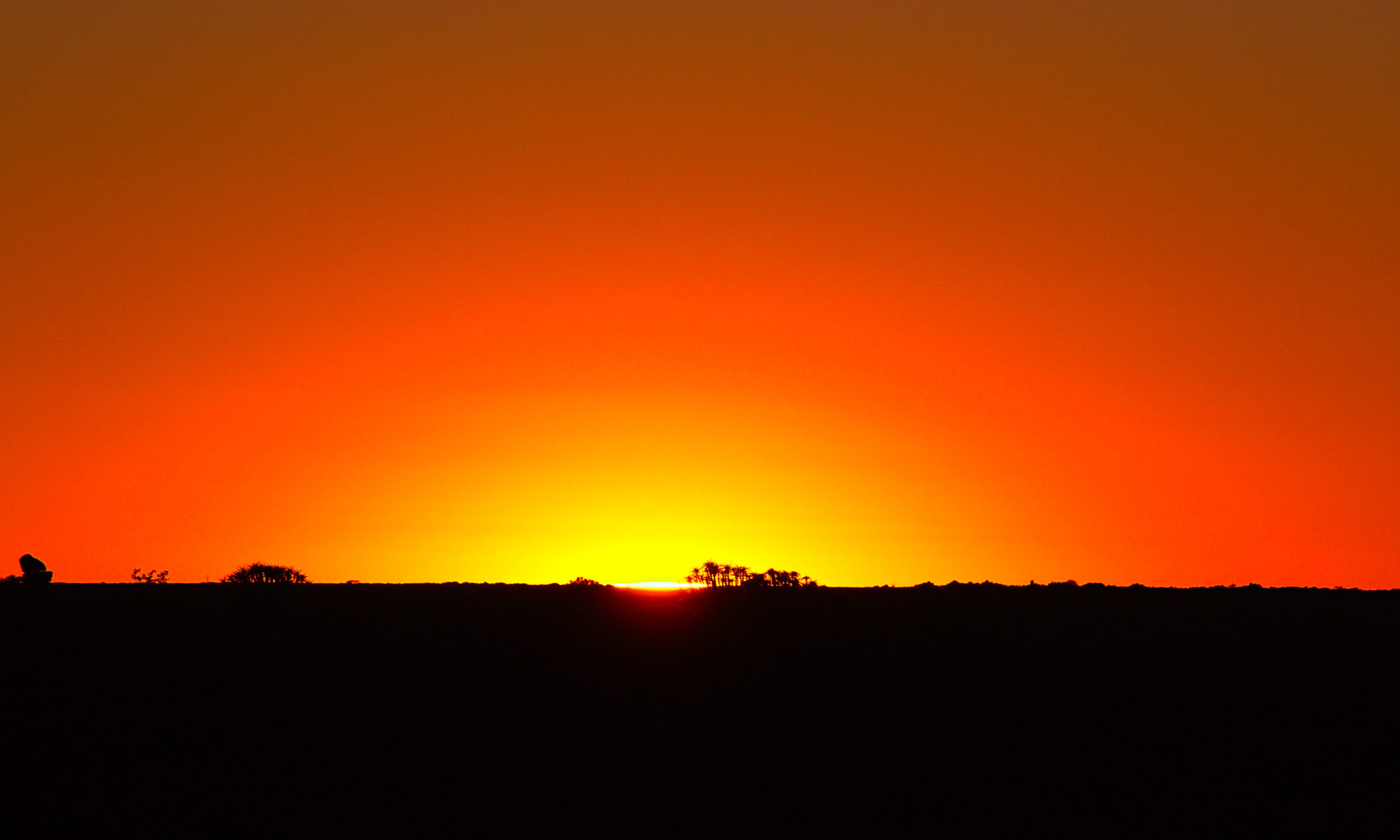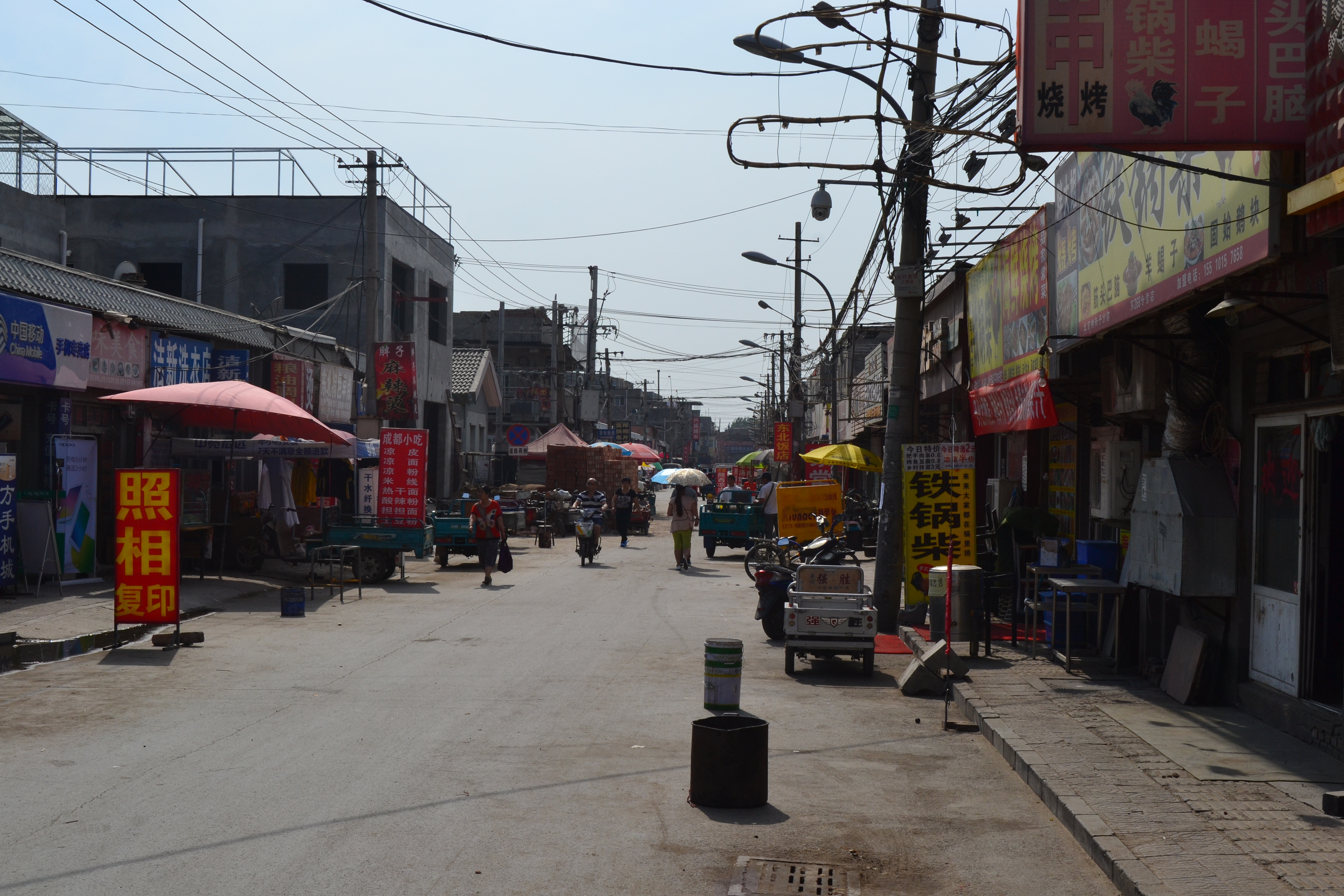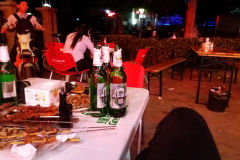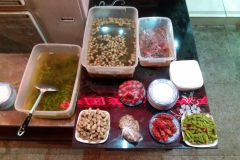Beijing, also known as Peking, is the capital city of China and one of the most populous cities in the world. Located in the northern part of the country, it has a population of over 21 million people and covers an area of over 16,410 square kilometers. The city serves as the political, cultural, and educational center of China.
Beijing’s history dates back over 3,000 years, making it one of the oldest cities in China. It was first established as the capital of the state of Ji in the 11th century BC. During the Ming and Qing dynasties, the city served as the imperial capital of China. During this time, many of the city’s iconic landmarks, such as the Forbidden City and the Temple of Heaven, were built. These ancient landmarks are now UNESCO World Heritage Sites and attract millions of tourists every year.
The Forbidden City, also known as the Palace Museum, is a magnificent complex of buildings and courtyards that served as the imperial palace for the Ming and Qing dynasties. The palace covers an area of over 720,000 square meters and contains over 9,000 rooms. It is considered one of the most well-preserved ancient palaces in the world and offers a glimpse into the opulent lifestyle of China’s imperial rulers.
The Temple of Heaven is a complex of religious buildings that was used by the emperors of the Ming and Qing dynasties for annual ceremonies of sacrifice to heaven. The temple covers an area of over 273 hectares and its buildings are adorned with intricate carvings and paintings. The temple is also surrounded by a beautiful park where locals come to relax, practice tai chi, and play traditional games such as kite flying and Chinese chess.
Beijing is also home to several museums, such as the National Museum of China, which showcase the country’s rich history and culture. The Capital Museum, which is located in the city center, also displays historical artifacts and treasures from the city’s past.
The city is also known for its vibrant food scene, with a wide variety of traditional and international cuisine available. From the famous Peking duck to the popular hot pot, there’s something for everyone to enjoy. The city is also home to a number of parks and green spaces, such as the Temple of Heaven Park and the Summer Palace, which provide a welcome escape from the hustle and bustle of city life.
In recent years, Beijing has undergone significant modernization and urbanization, with the construction of numerous skyscrapers and modern infrastructure. The city’s economy is driven by industries such as technology, manufacturing, and services. It is also a major center for research and education, with several prestigious universities and research institutions located within the city.
Beijing is a city with a rich history and culture, and it is a must-visit destination for anyone interested in learning about China’s past and present. Its blend of ancient landmarks and modern infrastructure, vibrant food scene, and cultural heritage sites make it one of the most fascinating and unique cities in the world.



